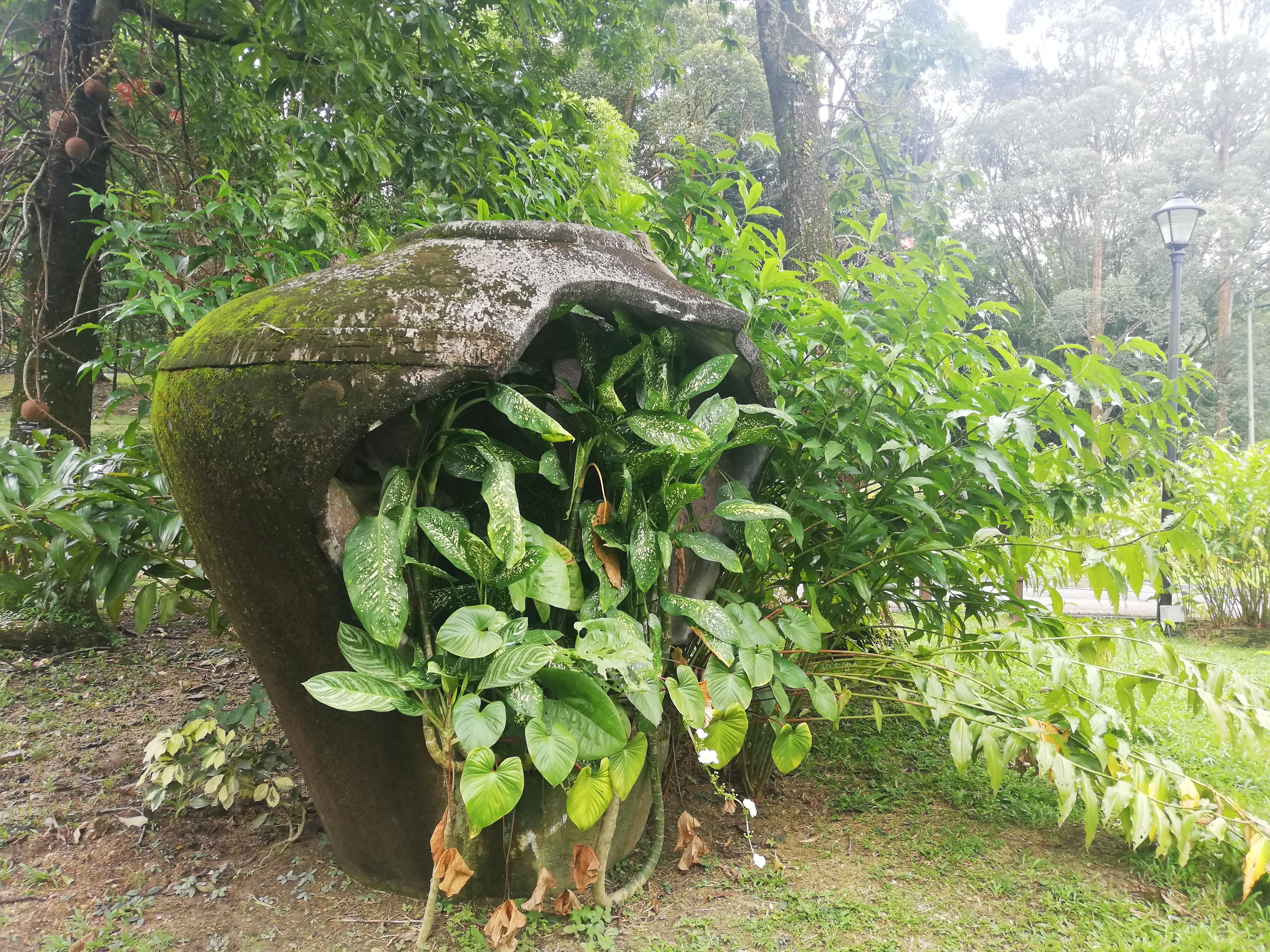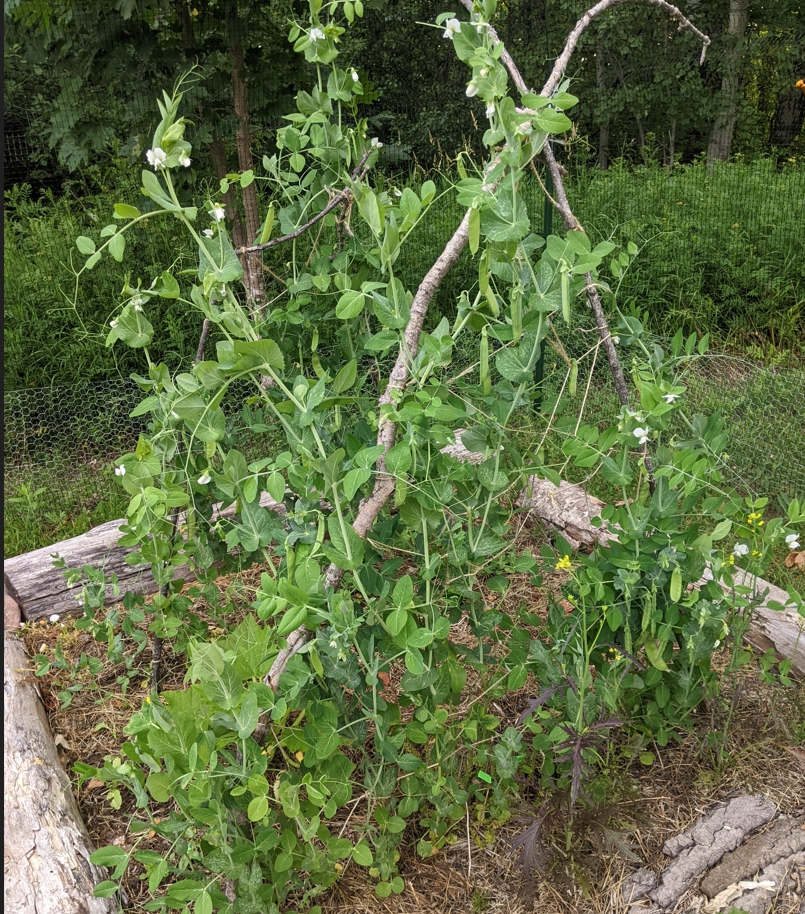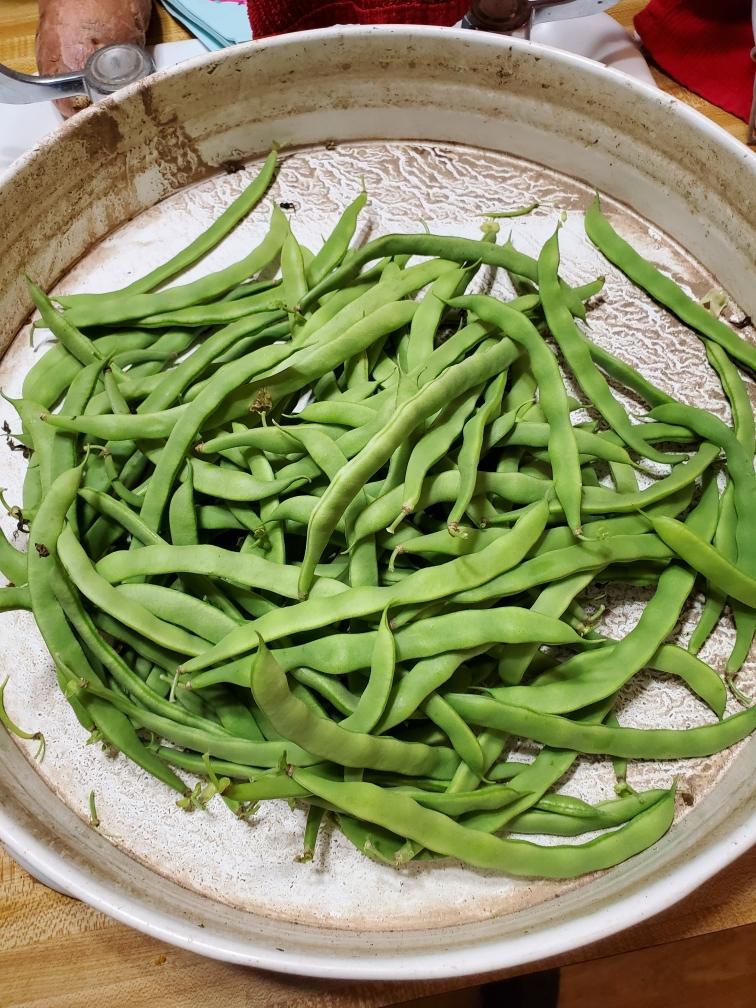Rash Treatment and prevention
If you have been (or, think you may have been) exposed to poison oak or poison ivy plants, washing with a cleanser designed to remove urushiol (rash-causing oil from the plants) within 8 hours after exposure will help remove the resin before a rash begins.
There are two brands I swear by. Zanfel and Tecnu. Zanfel is expensive. At $50 for a small tube, I only use it after I get a rash. It has a gritty texture and really helps relieve the itch. After I've been in the yard doing things that may have exposed me, I always use the cheaper Tecnu. It's about $15 a tube and you get more of it. I wash everywhere with it. I mean, everywhere I may have touched.
https://www.zanfel.com/help
https://teclabsinc.com/product/tecnu-extreme-poison-ivy-scrub/
Eradication
Poison ivy is a perennial. You have to kill it down to the roots.
Poison Ivy still has the urushiol oil on dry leaves. Urushiol WILL be carried in the smoke when it's burned. Urushiol is on the stems and roots, not just the leaves. It's less, but it's there. Don't burn poison ivy, you can wind up in the hospital. Don't pull it out, you will get it on you somehow.
To eradicate poison oak and poison ivy chemically, use an herbicide that contains glyphosate, triclopyr, or a 3-way herbicide that contains 2,4-D amine, dicamba, and mecoprop. Ortho GroundClear Poison Ivy & Tough Brush Killer works great. I hate poison sprays, since I'm a beekeeper, but I make an exception for poison ivy because it kills the plant down to the roots and it doesn't come back.
You can kill poison ivy without harsher chemicals by dissolving one cup of salt, one tablespoon of white vinegar, and one tablespoon of dish soap in a gallon of water. Spray it with a spray bottle. It may come back the next year with this method. Remember where it was so you can do it again.
I also like to use old rugs, tarps and cardboard to smother the plants. Leave them in place until there is nothing but bare dirt left. It may still come back.
You can also rent goats. Yes, goats. They love it. It may still grow back.










